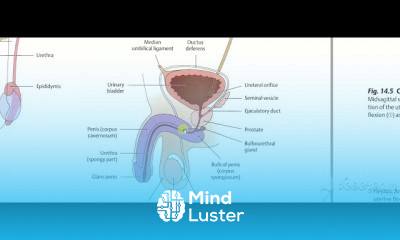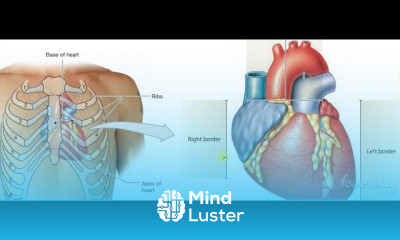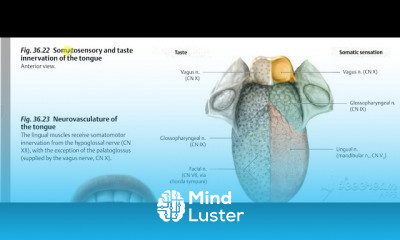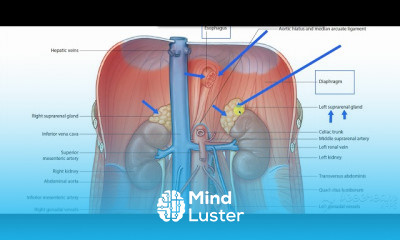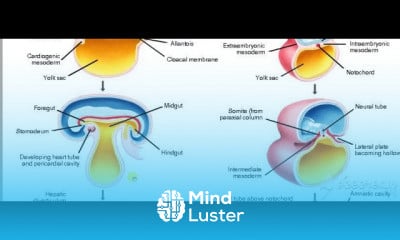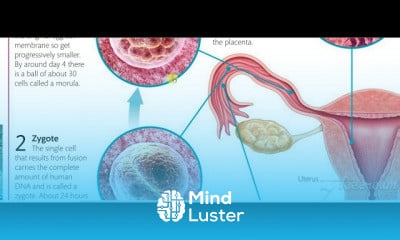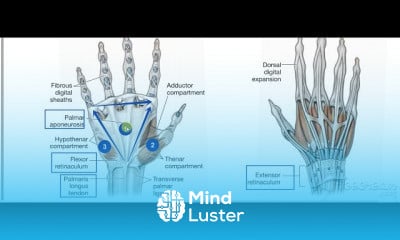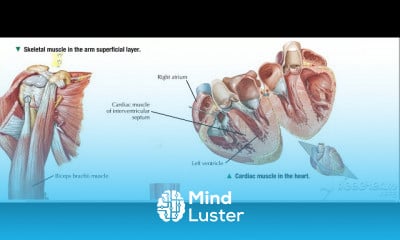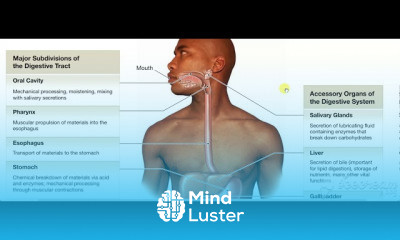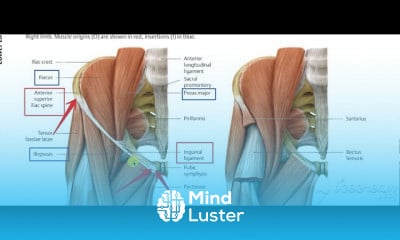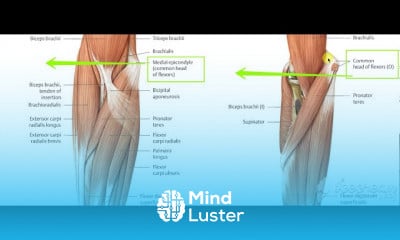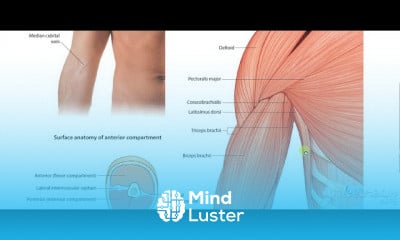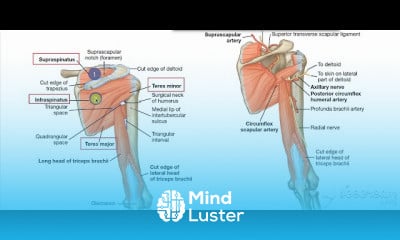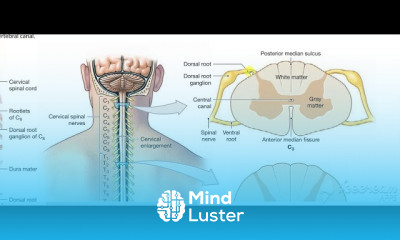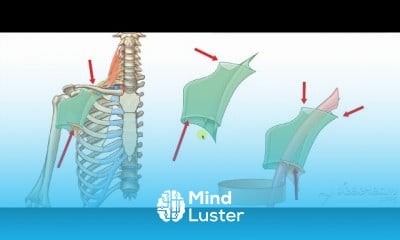Intercostal muscles 2
Share your inquiries now with community members
Click Here
Sign up Now
Lessons List | 100
Lesson
Show More
Lessons
Comments
Related Courses in Medical
Course Description
The respiratory system (also respiratory apparatus, ventilatory system) is a biological system consisting of specific organs and structures used for gas exchange in animals and plants. The anatomy and physiology that make this happen varies greatly, depending on the size of the organism, the environment in which it lives and its evolutionary history. In land animals the respiratory surface is internalized as linings of the lungs. Gas exchange in the lungs occurs in millions of small air sacs; in mammals and reptiles these are called alveoli, and in birds they are known as atria. These microscopic air sacs have a very rich blood supply, thus bringing the air into close contact with the blood. These air sacs communicate with the external environment via a system of airways, or hollow tubes, of which the largest is the trachea, which branches in the middle of the chest into the two main bronchi. These enter the lungs where they branch into progressively narrower secondary and tertiary bronchi that branch into numerous smaller tubes, the bronchioles. In birds the bronchioles are termed parabronchi. It is the bronchioles, or parabronchi that generally open into the microscopic alveoli in mammals and atria in birds. Air has to be pumped from the environment into the alveoli or atria by the process of breathing which involves the muscles of respiration.
In most fish, and a number of other aquatic animals (both vertebrates and invertebrates) the respiratory system consists of gills, which are either partially or completely external organs, bathed in the watery environment. This water flows over the gills by a variety of active or passive means. Gas exchange takes place in the gills which consist of thin or very flat filaments and lammelae which expose a very large surface area of highly vascularized tissue to the water.
Other animals, such as insects, have respiratory systems with very simple anatomical features, and in amphibians even the skin plays a vital role in gas exchange. Plants also have respiratory systems but the directionality of gas exchange can be opposite to that in animals. The respiratory system in plants includes anatomical features such as stomata, that are found in various parts of the plant.
Trends
Learning English Speaking
MS Excel
Python programming language
Web Design for Beginners
Communication Skills
English Language
Excel Course Basic to Advanced
Photo Editing
Make AI for beginners
Content Marketing
Every Photoshop
Python in Hindi
English Grammar for Beginners
C Programming Language
Forex trading basics
French
python
Technical analysis
Stock basics
Make an app from scratch
Recent
Solar energy model making using cardboard
Save earth project 3d model
Acid rain working model 3d making
Chemistry atomic structure model 3d
wind turbine or wind mill working model
Making circuits and parallel circuits model
Making innovative electricity generator model
Making dialysis working model
Making human kidney working model 3d
Solar lunar eclipse working mode
Making solar system working model with lights
Human blood circulatory working model 3D
Heart working model making
Human kidney working model 3d
Global warming effects model making
Human eye working model 3d making
biogas plant model 3d making project
Agriculture farming working model
Hydroelectric generator working model
Hydroelectricity working model





